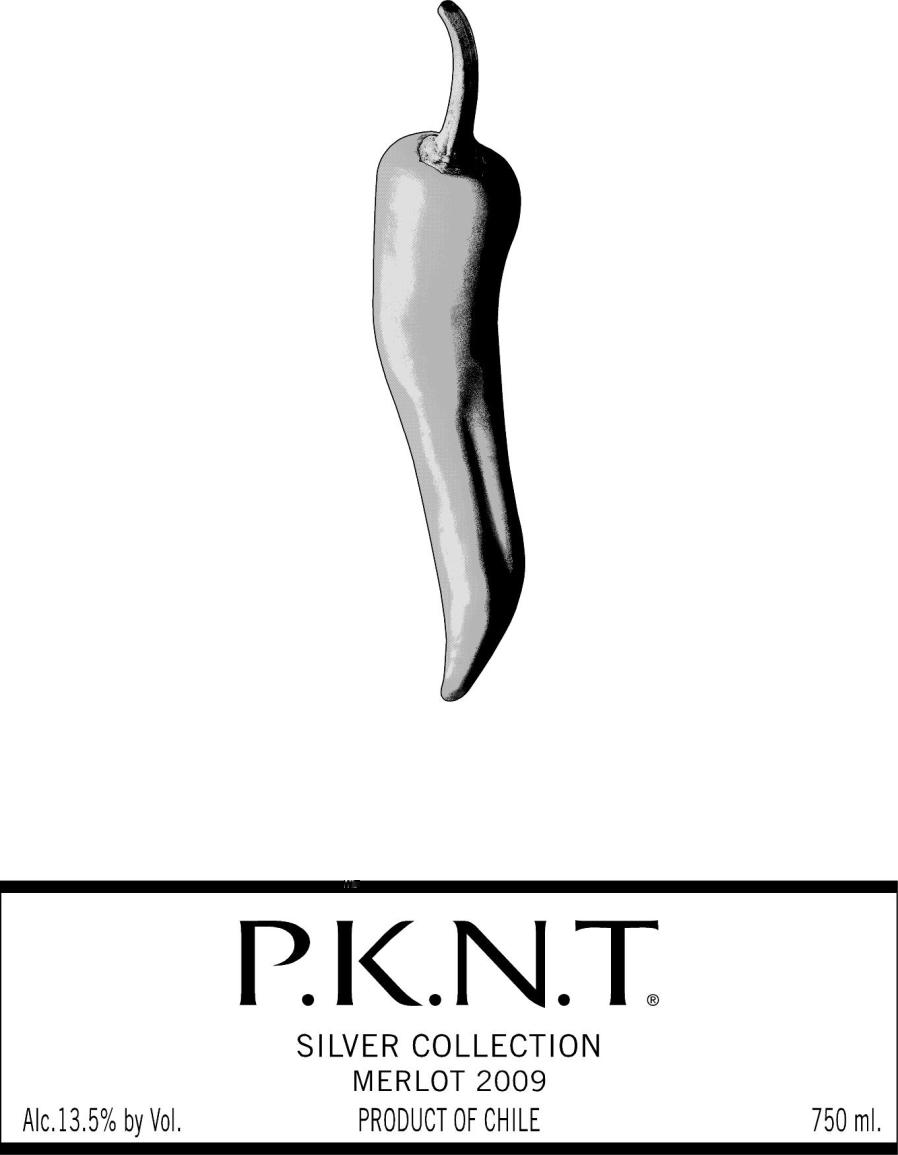2009 Rapel Valley Merlot
The Pknt Merlot from the esteemed Rapel Valley is a beautiful representation of this classic varietal. This full-bodied red wine showcases a lush profile characterized by medium acidity, which balances its prominent fruit intensity. With its well-integrated tannins offering a subtle structure, this wine is approachable and inviting, making it a great companion for various occasions. The 2009 vintage has developed beautifully, revealing delightful notes of dark cherry, plum, and a hint of spice, ensuring every sip is an enjoyable experience. Its dry finish enhances the overall complexity, making the Pknt Merlot a versatile choice that pairs well with roasted meats, hearty pasta dishes, or simply enjoyed on its own.
The Pknt Merlot from the esteemed Rapel Valley is a beautiful representation of this classic varietal. This full-bodied red wine showcases a lush profile characterized by medium acidity, which balances its prominent fruit intensity. With its well-integrated tannins offering a subtle structure, this wine is approachable and inviting, making it a great companion for various occasions. The 2009 vintage has developed beautifully, revealing delightful notes of dark cherry, plum, and a hint of spice, ensuring every sip is an enjoyable experience. Its dry finish enhances the overall complexity, making the Pknt Merlot a versatile choice that pairs well with roasted meats, hearty pasta dishes, or simply enjoyed on its own.




